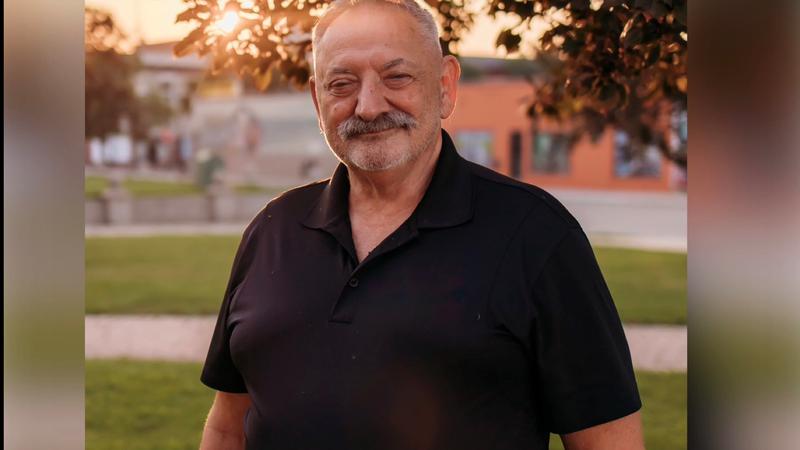
Reconciliation one of many topics discussed at CNIB Mobile Hub in P.A.
There is still a lot of work to do to support Prince Albert residents who are blind, deafblind, or have low vision.
That’s coming from the Canadian National Institute for the Blind (CNIB) as it brought its Mobile Hub back to Prince Albert on Tuesday.
The Mobile Hub brings different programs and resources offered by the CNIB directly to community members.
According to Team Lead for Programs and Advocacy Amanda Titman, this is the fifth year they have brought the Hub and its services to the city. She added that the programs offered by the CNIB have seen a big spike in demand over the last five years.


